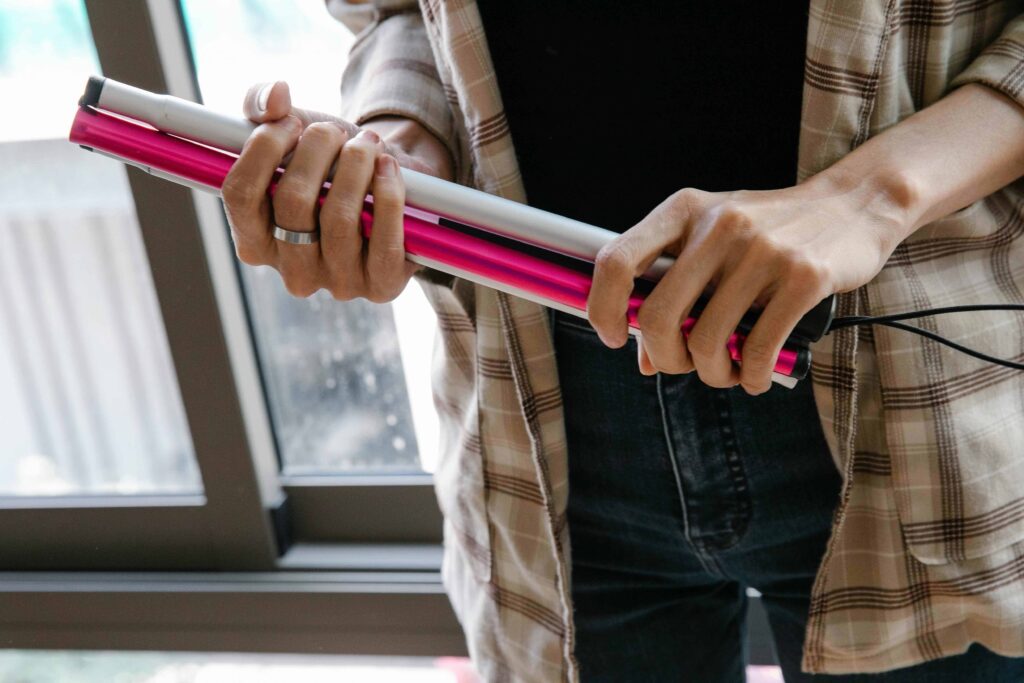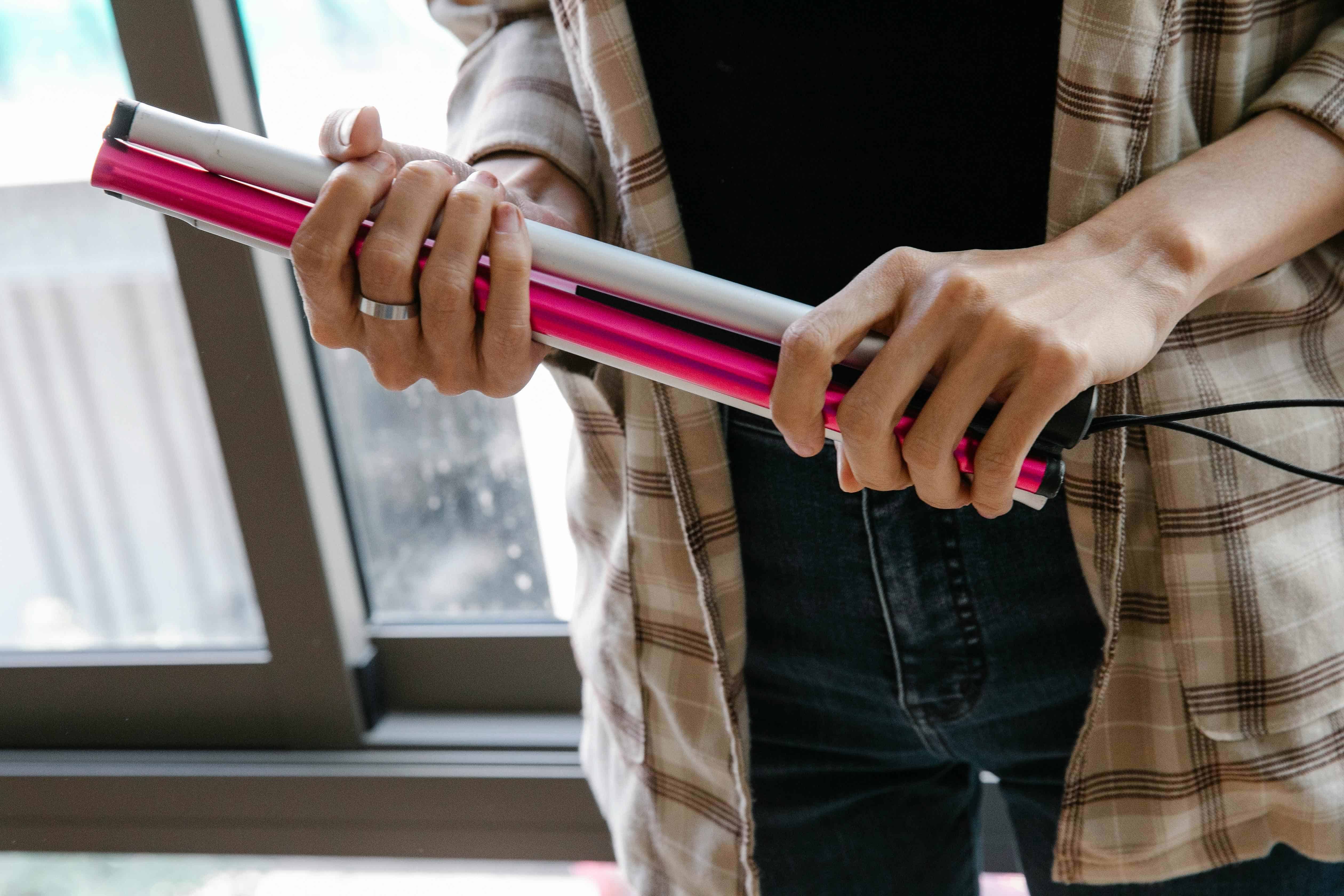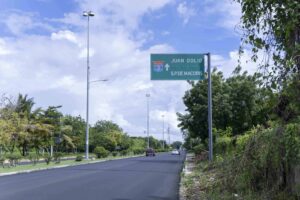
In the last decade, the dominican justice has taken important leaps to guarantee service to people with disability and the different groups vulnerable. There are still many challenges ahead. However, the difference that is currently exhibited in the treatment of these populations has allowed the system to become nearest to the topic of inclusion and accessibility.
To talk about equality in cases of disability, the Judiciary identified different limitations that it had in providing services to people with disabilities, a population that amounts to 140,980 in the countryaccording to estimates from the Single Beneficiary System (Siuben).
In this sense, the existence of three fundamental barriers: architectural, attitudinal and communicational.
By 2020, according to a assessment carried out by the external consultant by Dominican Access to 30 judicial offices, only two had accessibility high, three null and the rest with accessibility average. In response to these results and within the framework of the Institutional Strategic Plan 20-24, the Physical Infrastructure Directorate carried out plans and actions to minimize these impediments.
According to a report sent by the Judiciary to Free Diarycurrently 87% of courthouses has ramps of access and 63% have bathrooms accessible.
The magistrate Nancy Salcedo Fernandezjudge of the Second Chamber of the Supreme Court of Justice (SCJ) and Coordinator of the Commission for Gender Equality of the Judiciary, highlighted the importance for that organization of the implementation of initiatives aimed at facilitating access to justice for people with disabilities and other groups in vulnerable situations.
“Since 2016, the Judiciary has implemented several actions aimed at eliminating all types of impediment for people who access the justiceespecially vulnerable people and people with disabilities,” he said.
In the case of the attitudinal barriers and communication The institution has implemented hundreds of training to sensitize the sectors linked to the exercise of justice.
According to statistics from the National School of the Judiciary (ENJ), in the last four years 2,060 peoplemostly employees of the Judiciary and judges, have participated in these trainings.
Likewise, the institution has implemented various guides and protocols to attend to these cases and guarantee the right of people with disability and vulnerable populationss in a general sense.
One of the most important training programs that Judge Salcedo distinguishes to reduce communication barriers has been the certification of court interpreters of sign language.
The ENJ, in coordination with the National Disability Council (Conadis)has trained 42 people so that, during a hearing and in the centers of forensic interviewscarry out the interpretation of what is expressed in the cases of people such as victims, witnesses or defendants who have disability auditory. Of the people trained, 15 have been officially registered by the body.
2,060
People who have participated in the awareness training of the National School of the Judiciary, in the last four years.
The Public Ministry
The representation has also prioritized the cases of people vulnerablesays the director of the Department of Human Rights and the Returnee Reintegration Unit of the Attorney General’s Office (PGR), Danissa Cruz.
“We have a history within the Public Ministry of more than twelve years working hand in hand with civil society organizations and above all raising awareness among prosecutors and administrative staff who work in the Prosecutor’s Office,” he indicated.
Cruz highlighted that the Public Ministry is focused on ensuring that vulnerable groups and people with disabilities “are really protected and that they have very good representation before the dominican justice“.
Challenges for people with disability

Marta is a 19-year-old girl who reported the discrimination that he suffered from a professor at his university. Even though Marta was a deaf person, he did not allow her to have her interpreter the day of an exam. In this situation a conciliation was reached between the parties and it was possible to verify that the university certainly had inclusive policies, which is why an agreement was reached.
Marta is a fictitious name, to protect the dignity and right to privacy of the involved. However, his story may exemplify that challenges that people with disabilityare a reflection of the gaps that exist for these populations.
In the case of the justiceboth Salcedo and Cruz agree that some barriersbut they assure that there is a effort constant to guarantee a timely response to this reality.
The infrastructure of the judicial headquarters, the accessibility for people with disability physical and aging represent a challenge that requires important resources.
To address this problem, in the last four years improvements have been made in 14 judicial precincts throughout the country; however, work must continue to ensure easy entry to the courthouses. justice.
“Another challenge is to implement more court interpreters who have to do with sign language, that is important because every day we see that there are people who have this deficiency”judge of the Supreme Court of Justice
The representatives of the Judiciary and the Public Ministry affirmed that all employees must continue to be trained involved in the system justice to be more sensitive to these cases.
The centers of interviews as guarantors of dignity
One of the most important initiatives for the groups vulnerable has been the implementation of the centers of interviewswhich aim to provide technical-legal means to collect the statements of people in condition of vulnerability (victims and/or witnesses of crimes), to avoid secondary victimization of the involved.
These operate in two modalities which are those of the Gesell camera and closed circuit television that are distributed in 15 judicial headquarters in the country.
Between 2023 and 2024, the centers of interviews have collected from the statements of 4,264 people linked to cases of some type of violenceabduction, seduction, homicides, human trafficking, incest, among others.
Most of the users of these places have been girls, boys and adolescents, according to figures from the Judiciary that establish that 3,011 females and 978 males minors of age used this service.



